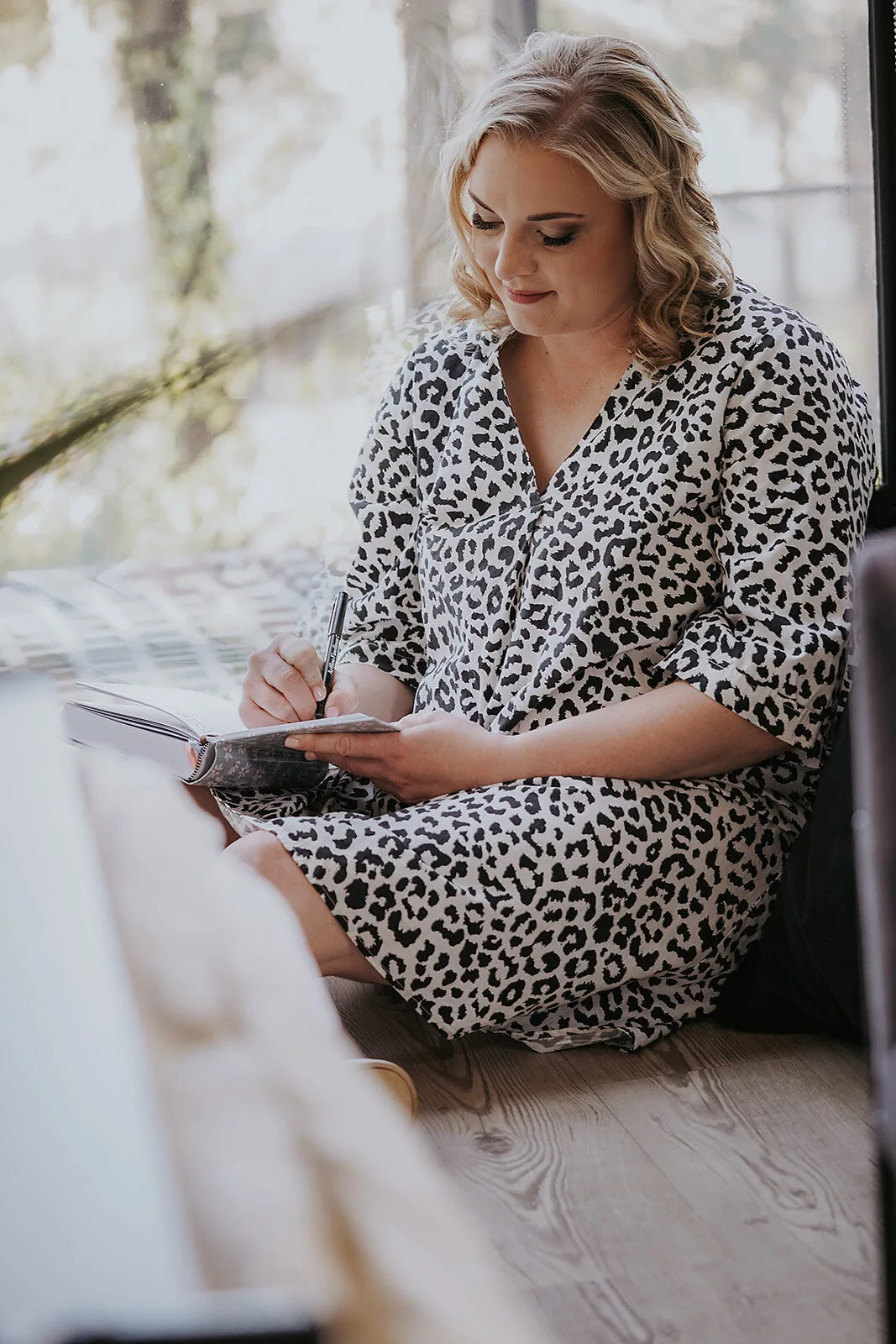You’ll maximise sticker effectiveness by prioritising function over aesthetics—use bullet-shaped stickers for task urgency, calendar stickers for scheduling blocks, and themed options for specific goals like budget tracking. Keep decorative elements in margins to preserve central planning space, and choose repositionable varieties for flexibility. Invest in multi-theme variety packs for cost efficiency whilst avoiding subscription boxes that drain your budget. Cluster related stickers together for quick visual scanning, and there’s much more to learn.
While decorative planners flood social media with image-perfect layouts, you’re probably wondering if those colourful stickers and accessories actually increase your productivity or just create expensive clutter. The truth is, strategic sticker use can genuinely improve your planning effectiveness, but only when you prioritise function over aesthetics.
Start by selecting themes that serve your actual planning needs. Functional themes like budget tracking, fitness goals, or seasonal tasks will maintain their usefulness long after decorative trends fade.
Choose sticker themes that match your real planning goals—functional beats pretty when productivity matters most.
You’ll want to use seasonal and holiday stickers sparingly—they add celebratory flair without creating visual chaos that makes your planner hard to read. Rotate work-themed stickers weekly or monthly to keep your layouts fresh. This prevents unnecessary repetition that wastes your sticker collection.
For maximum productivity improvement, apply your calendar stickers first to establish primary scheduling blocks before adding any decorative elements. This foundational approach prevents you from sacrificing functional space for pretty designs.
Use bullet-shaped stickers strategically for task prioritisation, with size and grouping indicating urgency levels. You’ll find that incorporating motivational quotes near task-heavy sections genuinely increases focus during challenging periods. Motivational stickers featuring bright colours create visual appeal whilst maintaining the functional purpose of encouraging positive thinking throughout your planning sessions. Consider planners with daily inspiration quotes that complement your sticker themes and maintain consistent motivation throughout your planning journey.
Smart space optimisation requires limiting stickers to margins and headers, preserving your central planning areas for written content. Layer thinner, repositionable stickers for temporary adjustments without damaging pages—you’ll thank yourself later when plans inevitably change. Quality stickers with secure adhesion prevent the frustration of finding peeled-off elements scattered throughout your planner.
Cluster related stickers together, like budget icons paired with financial cues, for quick visual scanning that saves time during busy periods.
Budget-conscious planners should invest in multi-theme variety packs containing thousands of stickers rather than purchasing single-use sheets repeatedly. Shop clearance sections for past-seasonal deals, focusing on non-dated designs you can reuse throughout the year. Avoid those tempting monthly subscription boxes—they’ll flood you with uncontrolled assortments you probably won’t use. Consider that monthly purchases can accumulate to significant expenses that could be allocated to more productive tools.
Personalisation becomes powerful when you combine sticker styles strategically. Mix metallic, clear, and matte finishes for dimensional layouts that catch your eye without overwhelming your content. Many planners come with included stickers to help you start organising immediately without additional purchases.
File themed sticker sheets in labelled sections like fitness, work, and bills for quick access when you’re planning under pressure. When setting up your organisational system, create a birthday page within your planner to track important celebrations with special commemorative stickers that create lasting memories.
For budgeting applications specifically, use pound symbols to visually track income and expenses in cash flow sections. Apply repeating stickers for monthly categories like utilities and groceries—this consistency helps you spot spending patterns quickly. Highlight debt milestones with special stickers to celebrate progress and maintain motivation.
Don’t forget to declutter expired sticker sheets quarterly to prevent accumulation chaos. Match sticker finishes to your planning goals—metallic works perfectly for milestone markers, whilst matte finishes allow pen overlays on specific sections.
Most importantly, photograph your final designs to track your planning style evolution over time. This helps you improve what actually works versus what just looks good.
Frequently Asked Questions
How Much Should I Budget for Planning Stickers and Accessories?
You should budget £4-12 monthly for planning stickers. Start with low-cost Etsy bundles or free Pinterest downloads. Buy bulk packs to reduce per-unit costs, and look for free postage options to maximise value.
Where Can I Find Affordable Planning Stickers and Accessories?
You’ll find affordable stickers at Michael’s and Hobby Lobby during sales, Walmart’s budget planners with included accessories, free printables from blogs like Wendaful, and digital packs from HappyDownloads for apps.
How Do I Remove Stickers Without Damaging My Planner Pages?
Use a hair dryer from 6-8 inches away for 1-2 minutes to soften adhesive, then gently prise stickers off. For stubborn residue, apply rubbing alcohol or hand sanitiser with a cloth.
Can I Make My Own Custom Planning Stickers at Home?
You can absolutely create custom planning stickers at home using free design platforms like Canva, adhesive sticker paper, and your inkjet printer. Design templates, print on sticker sheets, then cut manually or with mechanised machines.
What Storage Solutions Work Best for Organising Planning Supplies?
You’ll organise planning supplies best with vertical floating shelves, labelled containers, and pegboards with hooks. Use drawer dividers for small items, wall-mounted holders for washi tape, and portable trays for mobile planning sessions.





